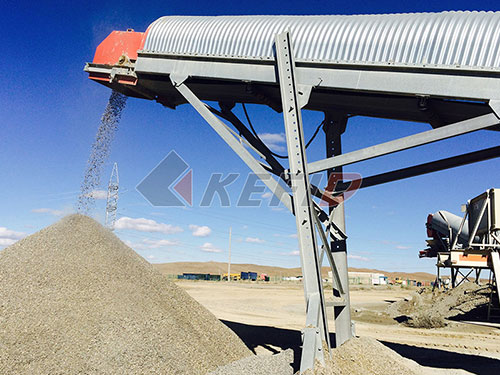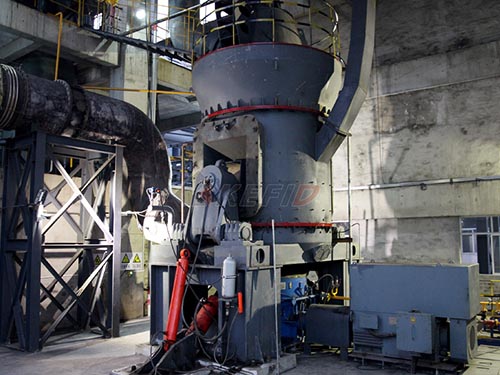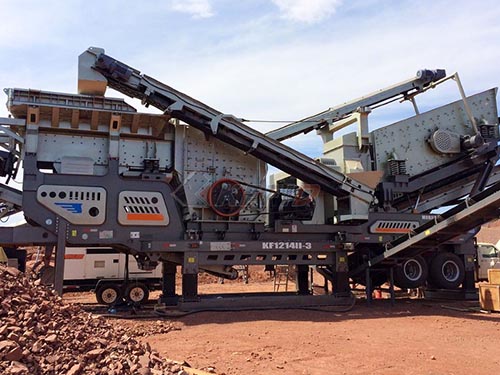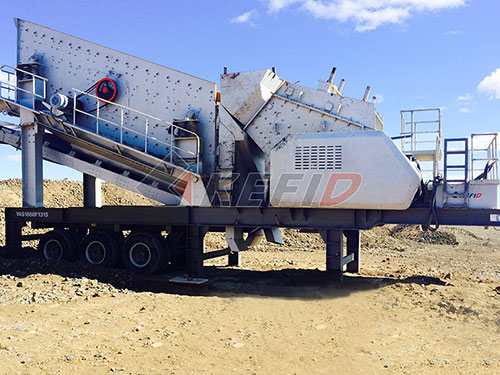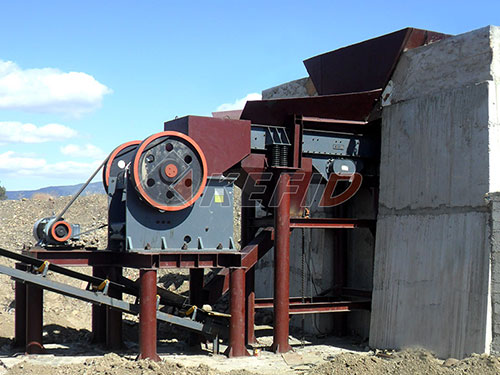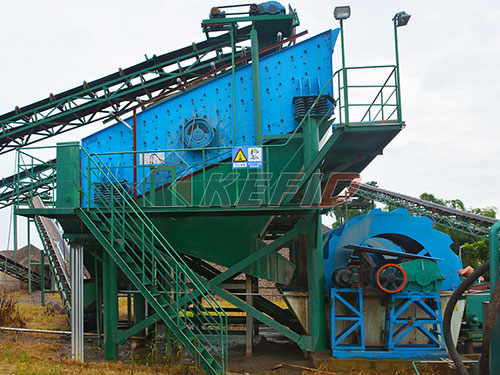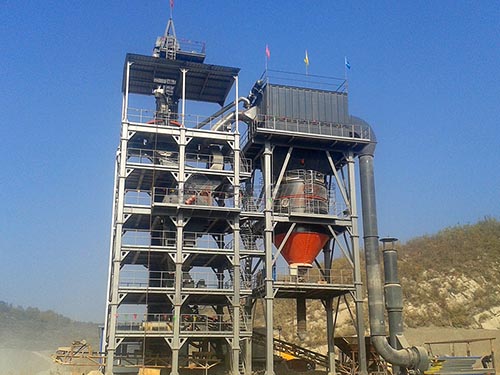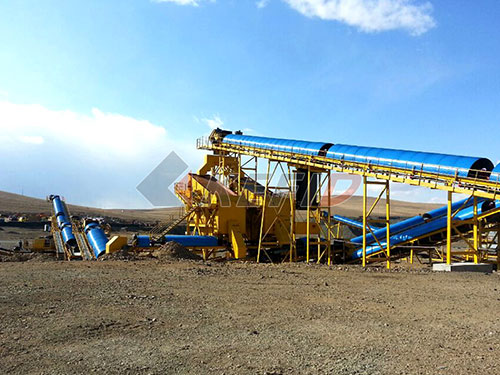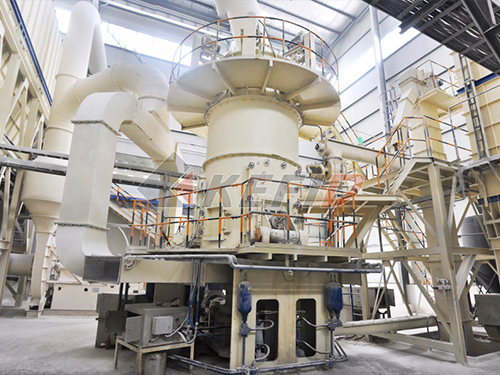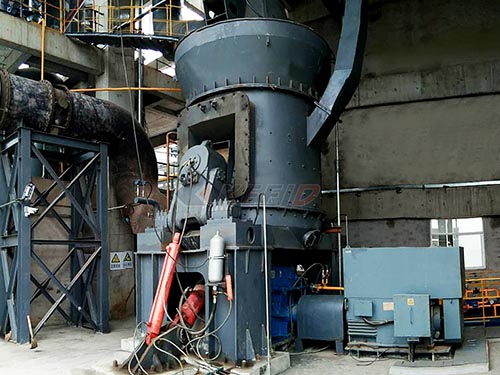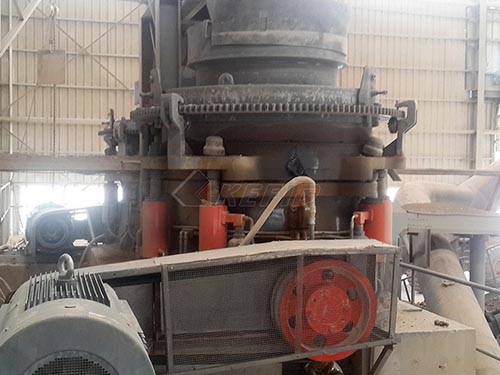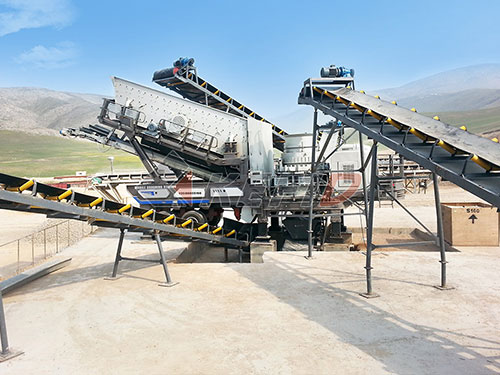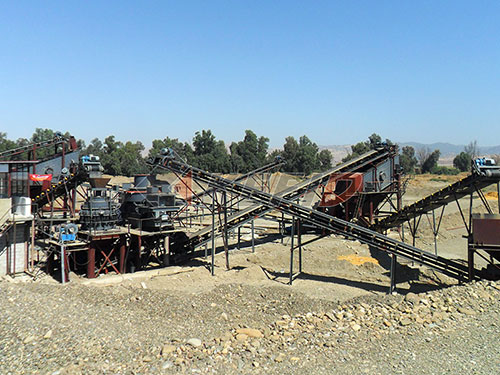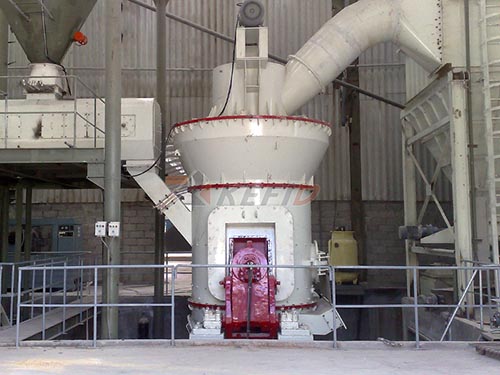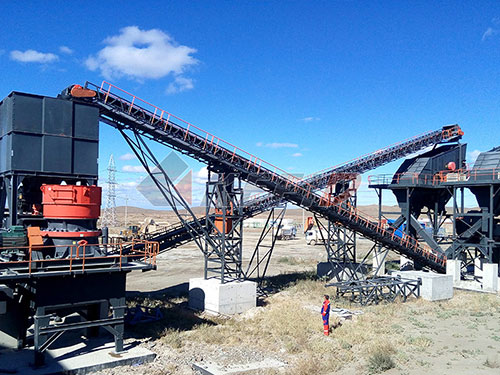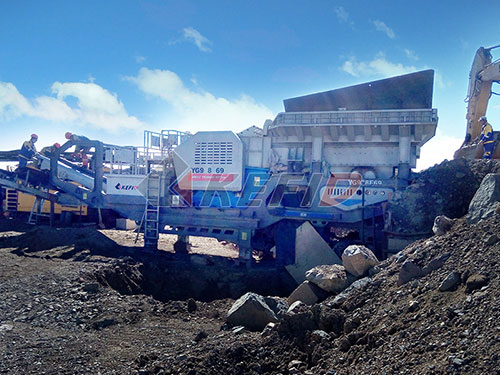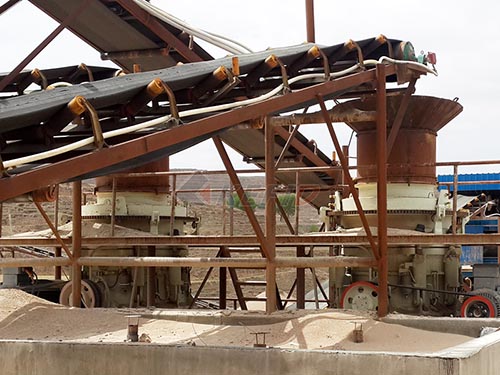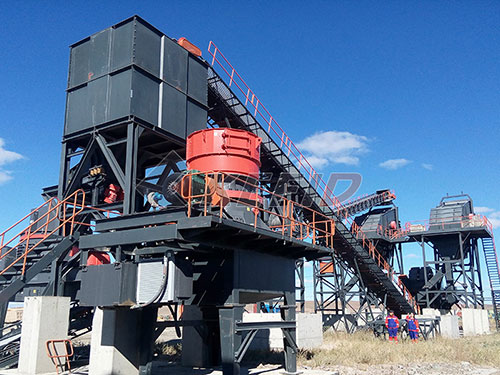The 75-Ton Portable Cone Crusher: Power and Mobility in a Single Package
The demand for efficient, flexible crushing solutions in quarrying, mining, and large-scale construction projects continues to rise. Enter the 75-ton portable cone crusher – a formidable piece of equipment designed to deliver high-performance secondary or tertiary crushing while offering the crucial advantage of rapid site relocation. While specific models vary by manufacturer (like Metso Lokotrack, Sandvik Mobile Crushers and Screens, Terex MPS, Kleemann, etc.), the core concept revolves around integrating a robust cone crusher onto a heavy-duty tracked or wheeled chassis.
Core Purpose and Advantages:
1. High Crushing Capacity: At its heart lies a powerful cone crusher capable of processing significant volumes of hard rock, producing precisely shaped aggregates (chips, ballast) or finely crushed material for downstream processes. Expect capacities often ranging well over 400 tons per hour depending on feed material and closed side setting (CSS).
2. True Mobility & Rapid Setup: Unlike stationary plants requiring extensive foundations and infrastructure, these units are self-contained. Integrated hydraulic systems enable quick leveling/stabilization upon arrival at a new site. Setup times are measured in hours or even minutes compared to days or weeks for fixed installations.
3. Flexibility in Operation: They can be easily moved between different faces within a large quarry, transported to remote job sites inaccessible to fixed plants (e.g., road construction projects progressing over miles), or utilized for contract crushing where multiple locations are serviced.
4. Reduced Haulage Costs: By processing material directly at the source (in-pit or near the face), these crushers dramatically reduce the need for haul trucks to transport raw feed over long distances to a fixed primary crusher or stockpile.
5. Modern Control Systems: Advanced automation is standard. Operators can precisely control CSS (crusher gap), monitor critical parameters (power draw, pressure levels, chamber level), optimize performance based on feed conditions, and diagnose issues remotely via integrated telematics systems.
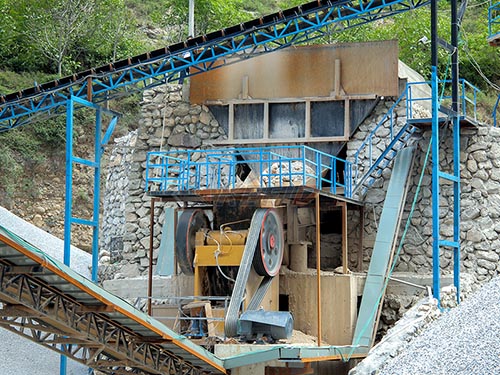
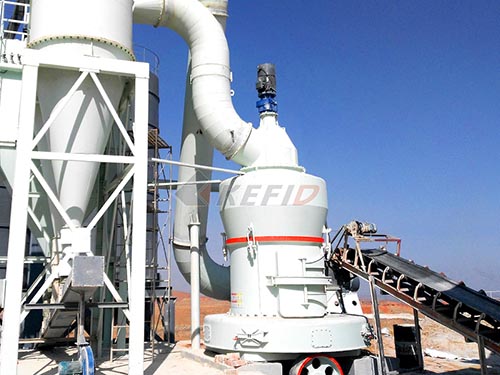
Components of a Typical 75-Ton Portable Cone Plant:
1. Robust Chassis: Engineered specifically to handle the weight and dynamic forces of crushing operations while providing stability during transport and operation.
2. High-Performance Cone Crusher: Features modern chamber designs optimized for specific applications (e.g., fine crushing vs. coarse aggregates), hydraulic adjustment and overload protection systems (tramp release

